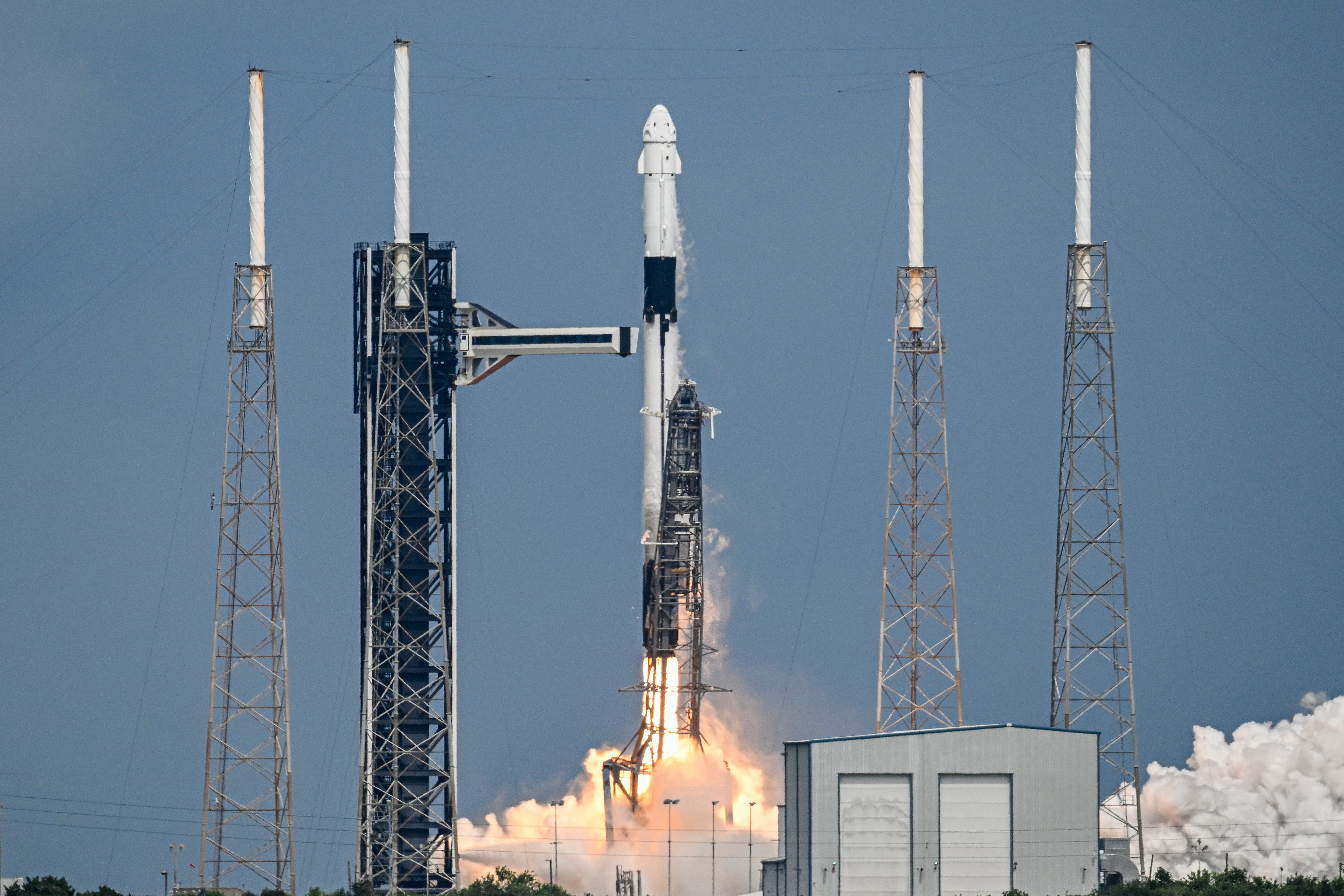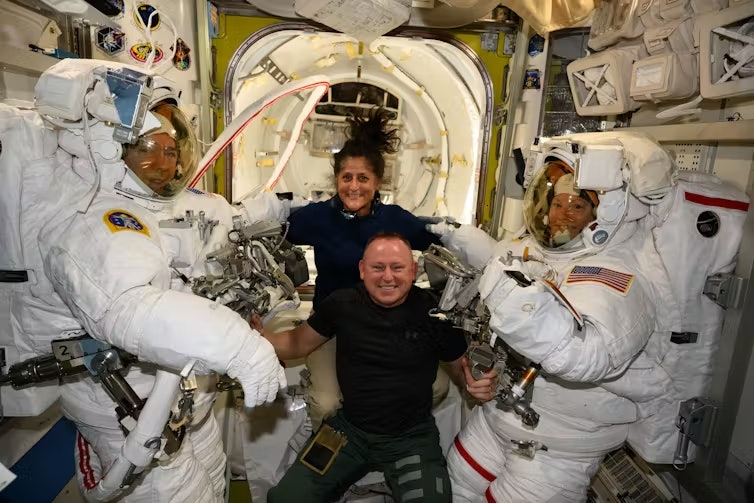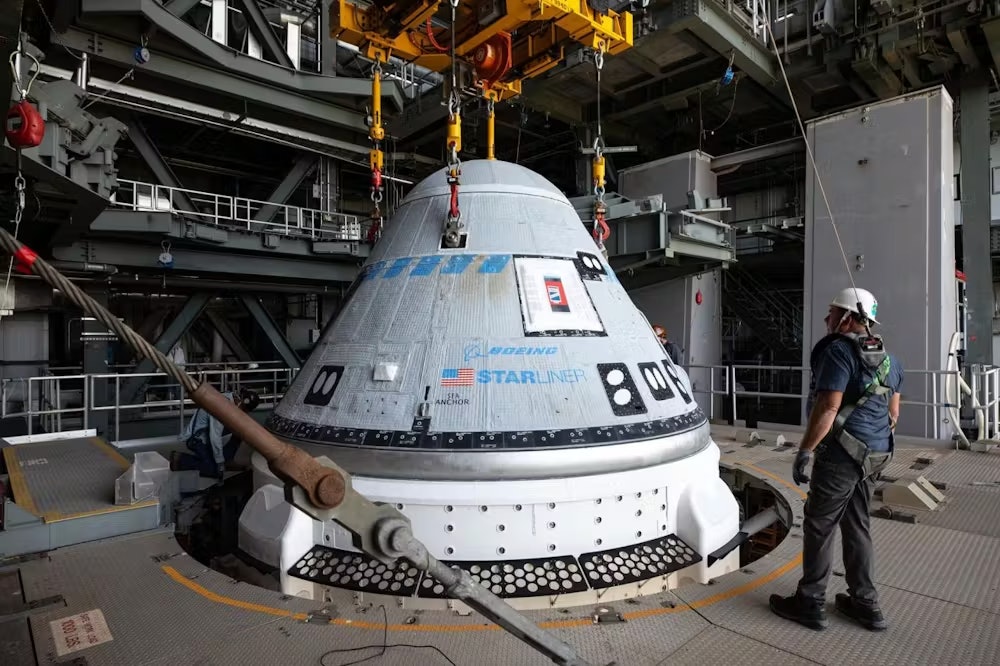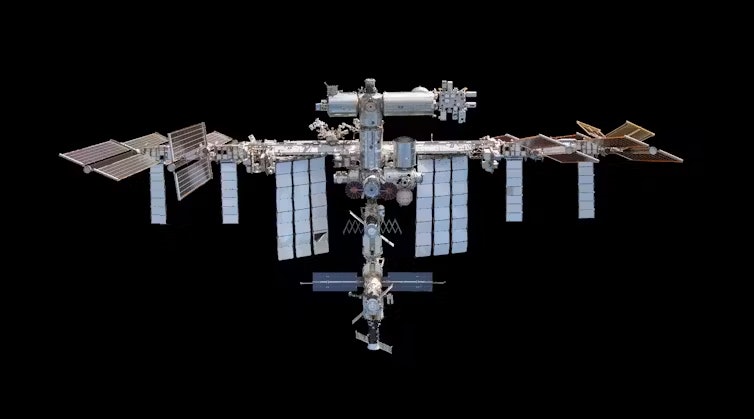
NASA astronauts Butch Wilmore and Suni Williams were meant to go to the International Space Station (ISS) on a roughly ten-day mission. Instead, they have been “stuck” there since June, as the reliability of their spacecraft — Boeing Starliner — has not met NASA’s strict standards for crewed flight.
After two months of testing, NASA has now made the call that Starliner will return to Earth in September without astronauts aboard.
This will enable both NASA and Boeing to monitor the craft carefully as it separates from the ISS and makes its way home. Because human life is part of the equation, the data gathered from this flight will inform the required changes for Starliner to be certified for crewed flight.
As for Wilmore and Williams, they will remain aboard the ISS until February 2025, replacing two of the upcoming Crew 9 astronauts.
With the ISS only operating for another 5–6 years, Boeing’s role in the program now remains unclear.

The Starliner Story
Boeing has been in partnership with NASA going all the way back to the beginning. From Mariner 10 to the Shuttle program and the critical Saturn V rocket that took people to the Moon, the aerospace company has been a reliable and innovative player in the space sector.
So it’s no surprise that when NASA was looking for a small reusable spacecraft, Boeing’s Starliner design was an easy pick.
Over ten years, Starliner has faced issues getting off the ground. Setbacks are normal when developing new technology to meet NASA’s standards. However, software defects caused the first orbital test in 2019 to end without the uncrewed craft docking with the ISS.
It was deemed a partial success by Boeing, as the spacecraft was able to make a soft landing back on Earth. However, the issues would have ultimately caused the destruction of the vehicle if they had not been caught and corrected.
A clear plan to address the issues was laid out, and another uncrewed test was planned for 2020. However, the pandemic and even more problems, including a launch cancellation, pushed the completion of this milestone to 2022.

Back to June 5 2024. After setbacks, mishaps and a launch delay, the Boeing Starliner Crewed Flight test finally launched aboard the United Launch Alliance Atlas V rocket.
However, as the spacecraft neared the moment of docking with the ISS, some of its thrusters were not performing as expected, and there were leaks in its helium system. Helium gas is critical to push propellant to the thrusters, so this was a concerning development.
The spacecraft was ultimately able to dock with the ISS, and the astronauts were safely disembarked.
The end of an era
When NASA decided to end the Space Shuttle program in 2011 due to the increasing resources required, it became dependent on the Russian Soyuz spacecraft to send astronauts to space.
While there were many factors that drove NASA to partner with private companies and commercial space organizations, the motivation for the commercial crew program was clear. NASA needed reliable transportation to continue to send astronauts to space from North America at a price it could afford.
This led to the Commercial Crew Program, with more than US$8 billion invested to develop, test and certify new transport vehicles.
While NASA has always used commercial contractors to build space technology, the agency has then gone on to operate it. What makes the commercial program different is that now companies are being trusted to operate the services as well.
Enter SpaceX Dragon and Boeing Starliner. Since 2010, each company has been awarded funding in different rounds to develop crew vehicles. In 2014, the largest amount of funding was split between the two companies, with Boeing receiving almost US$2 billion more than SpaceX.
The latter is now about to send their ninth crewed mission to the ISS (ten if you include the private flight), not including the numerous uncrewed resupply missions they have completed.

Where do we go from here?
While the future of Boeing’s Starliner remains unclear, one thing is certain. NASA is going all in to see human spaceflight go further than ever before.
Apart from SpaceX, companies like Blue Origin, Axiom Space, Intuitive Machines, Lunar Outpost, and Voyager Space (just to name a few) have all received contracts from NASA to support the Artemis program, which aims to see humans walk on the Moon again by 2026 and to replace the International Space Station in 2030.
However, no matter how much money is invested, space is still hard. While NASA continues its ambitions for human space flight, we are still a long way from being an interplanetary species.
This article was originally published on The Conversation by Rebecca Allen at the Swinburne University of Technology. Read the original article here.







